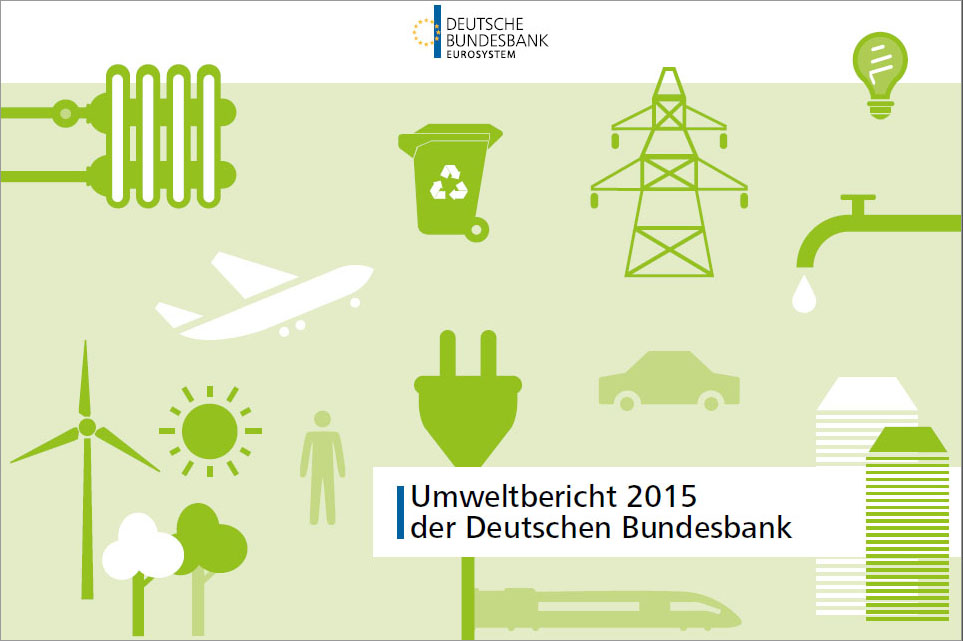
Environmental Report 2015: greenhouse gas emissions reduced
The Bundesbank reduced its greenhouse gas emissions by just over 4% in 2015 compared with average emission levels in 2013 and 2014 – that was the verdict of its recently published Environmental Report 2015. The institution's aim is to achieve a 25% reduction in greenhouse gas emissions associated with its use of resources by 2025. "I am happy to say that we are making clear progress towards our stated objective and that our staff are playing a major part in this,"
commented Bundesbank Executive Board member Johannes Beermann.
100% renewable energy
In 2016, the Bundesbank drew up an environmental programme that contains specific measures geared towards four areas of activity: resources, energy, mobility, and management and communication. For example, as of 2017, it will power its office buildings using electricity from 100% renewable energy sources, thereby driving down greenhouse gas emissions significantly more than before. Emissions are measured in units known as CO2 equivalents (CO2e), which make it possible to compare the environmental impact of different greenhouse gases. Carbon dioxide (CO2) is used as a reference value.
"As early as next year, we are expecting greenhouse gas emissions to be reduced by around 1,500 tonnes of CO2e while maintaining our level of energy consumption,"
explained Mr Beermann. The Bundesbank's decision to renovate its Central Office main building in Frankfurt am Main was also made with the aim of saving energy in mind. The Executive Board already uses hybrid vehicles as well, with emissions looking set to fall in the long term as more electric and hybrid vehicles are added to the vehicle fleet in the future.